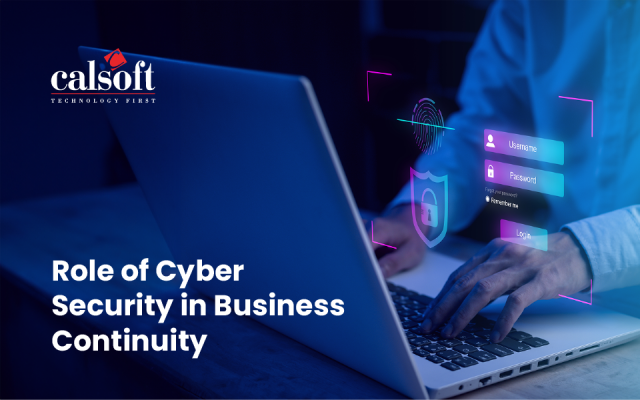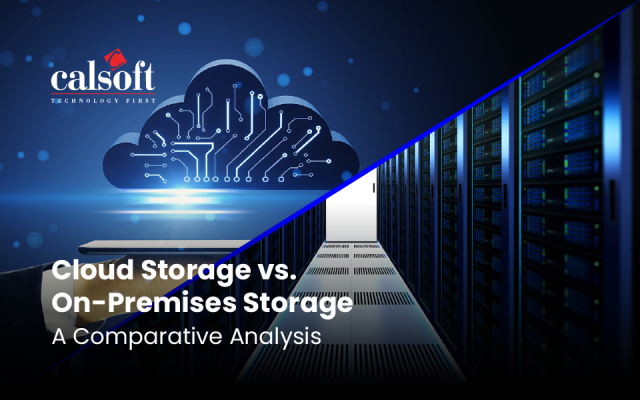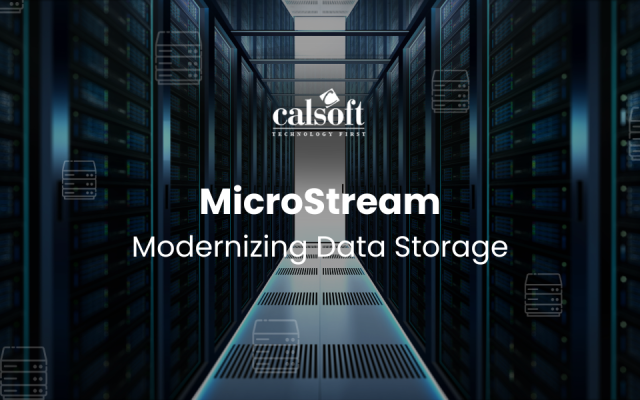Looking back, I’d say 2018 was another banner year for hacks, leaks, and other security mishaps.
Vulnerabilities were exposed in some of the biggest players in their respective fields -organizations like T-Mobile, Google+, and Quora. One would think that with their vast resources they should have no excuses for allowing these breaches to occur. Even federal governments could use some tightening up in this area. In the past year, both Germany[1] and India have had massive leaks of citizen data[2]. Securing data is now the absolute top priority for enterprises everywhere and this could drive some major disruption in the world of data storage.
It’s would appear that the world of data storage is ripe for disruption.
So, let me start by repeating a basic concept. Data storage needs to be affordable, easy to use, private, and secure. The two main methods in use by most organizations today (private servers located on site and cloud-based) are centralized, which present some challenges in all of those areas.
Of late, Blockchain seems to be presenting itself as an option that can make data storage more secure, more private, faster, and possibly even more affordable. I will add “more reliable” to that list, too but only once the technology gets tested much more widely. Let me walk you through the Blockchain proponent’s view of just how Blockchain could solve those problems.
The Benefits of Blockchain Data Storage Solutions
Security
I’ll start here because Blockchain security is why we’re talking about this right now. Also, judging from the rising tide of data breach news out there, the focus on security will only grow.
To begin with, this might sound counter-intuitive but let me say it anyway. It’s clear now that the massive migration to the Cloud has only heightened the security risk for the enterprises that have made that shift. The cloud (as it exists today) is still vulnerable. For example, when smartphone app Timehop failed to use multifactor authentication in their cloud computing system, the names, email addresses, and phone numbers of some 21 million users were exposed[3].
But even when Best Practices are followed in a cloud storage environment, there are still windows of opportunity to be exploited by entities with mala fide intent. Since cloud storage solutions like Amazon S3 are centralized, the risk-reward payoff is higher for them and the cost greater for enterprises if a breach does occur.
The secret to Blockchain’s appeal here can be summed up in one word here: decentralization.
The claim is, decentralization allows for better protection against hacking than any other storage solution. The data is more difficult to attack because it’s spread all over the place. Through what we call “sharding”, it’s broken up (pulverized might be a better image) and dispersed throughout a massive global network of computers acting as nodes.
Today’s data storage solutions also store full files. The architects and managers of those systems are betting on ultra-tight security measures to protect those full files but that’s not enough.
Blockchain goes a step further. Actually, the claim is that Blockchain goes several steps further…
First, Blockchain data storage only stores “transactions” on the Blockchain. These transactions are not the full files and as such, have very little value to an intruder.
Secondly, the actual files are stored on node computers dispersed throughout the web galaxy. And rather than sitting on those nodes in their original form, they’re broken into chunks… and encrypted. So, if a node is compromised —what’s the big deal? An intruder will get a nothing but a crumb when what they’re after is the whole cake. And let’s say they get several crumbs, well, because of encryption, those crumbs won’t amount to much more than pure unintelligible garbage.
Privacy
Privacy management is vital these days. Since the advent of the General Data Protection Regulation (GDPR) in the European Union, organizations must climb to a whole new level of privacy protection and management. And it won’t stop with the EU. Other countries are likely to follow. Data storage products will have to step up very quickly if they’re going to meet GDPR-level standards of privacy protection but Blockchain seems to have a story there too.
Blockchain employs privacy keys to grant access to users. There is no third-party involvement, as there is on other types of storage systems, resulting in a tighter system. Blockchain thus seems to enhance the ability to grant privacy control to users because users control their own keys.
Affordability
On-premise data centers are expensive to buy, operate, and maintain. Space on cloud storage is also becoming expensive given the amount of data that needs to be stored. Also, consider the network and communications costs of accessing that data time and time again from all those distributed locations. This much seems apparent -Blockchain storage can result in reduced costs. Even cloud computing becomes less costly with Blockchain data storage because each host incurs only a tiny fraction of the cost of storage. Compared to cloud data storage like Amazon S3, Blockchain data storage seems significantly cheaper.
The folks creating cloud and on-premise data storage products would do well to keep an eye on emerging Blockchain data storage solutions as the pricing will become increasingly attractive.
Ease of Use
My own (unscientific) scan suggests that most users who access Blockchain-enabled data like the experience. That’s because storing data in a decentralized ecosystem means using “swarms” to manage the data. These Swarms increase the speed and reduce the latency because they’re working from the node that’s closest and therefore the fastest. In the world of data storage, in the context of access -faster is generally a synonym for better.
Reliability
This is an area that I am less than completely convinced by because of the lack of real-world use-cases out there. In the data storage world, reliability is often built upon the back of redundancy. The logic here seems to be that Blockchain achieves redundancy by storing data on nodes rather than racks of servers in a single space. With each node, we get increased redundancy but also a more reliable uptime, too. So what if one node goes dark when the data (the Blocks) is stored across all the nodes.
The rationale seems sound -the concern is what don’t we know yet? This is not a swipe against Blockchain -just something that every new technology has to deal with. Technology systems and solutions are never perfect and I’ve been around for long enough to know that something always goes wrong if we wait long enough. With traditional data storage solutions and cloud solutions, much that can go wrong already has. There are people thinking about those problems and solutions in place. With Blockchain, when it all comes crashing down (it always does), are those solutions in place?
Before concluding -there’s an intriguing possibility to talk about. There’s a real possibility that even while Blockchain could take over the world of data storage, it could significantly benefit the traditional data storage industry too. There are tons of hard drives and data centers with space on them all over the world, just sitting idle. Blockchain advocates see that unused space as potential real estate that can be monetized. The idle hard drive of 2019 has the potential to become part of the decentralized structural support system of 2020 and beyond. In short, every block of idle storage space on your hard drive or your server has the potential to become a node that can generate revenue.
But returning to my original thoughts: Blockchain-enabled data storage seems to provide the advantages described above. The question is, in the context of the Enterprise how long will it be before business leaders consider it proven enough to dive in? And when those business leaders and decision-makers do jump aboard the Blockchain train, that’s when we will truly see that disruption in the world of data storage as we know it.
[1] https://www.theguardian.com/world/2019/jan/07/germany-data-breach-teenager-being-questioned-by-police
[2] https://www.zdnet.com/article/another-data-leak-hits-india-aadhaar-biometric-database/
[3] https://www.businessinsider.com/timehop-breach-21-million-users-2018-7






